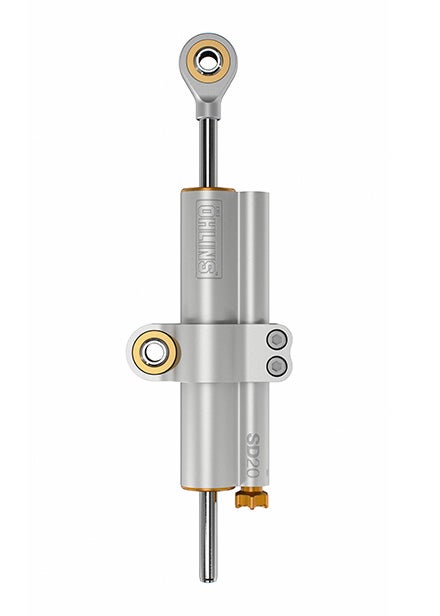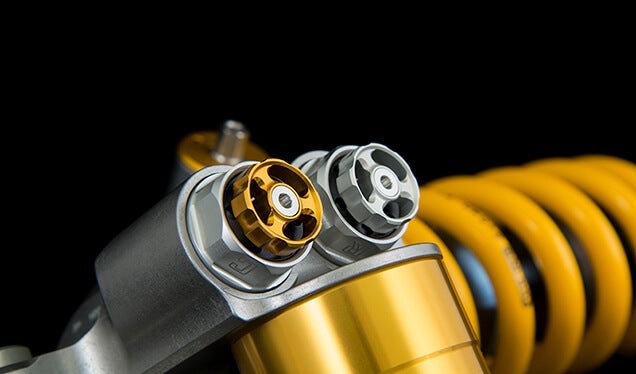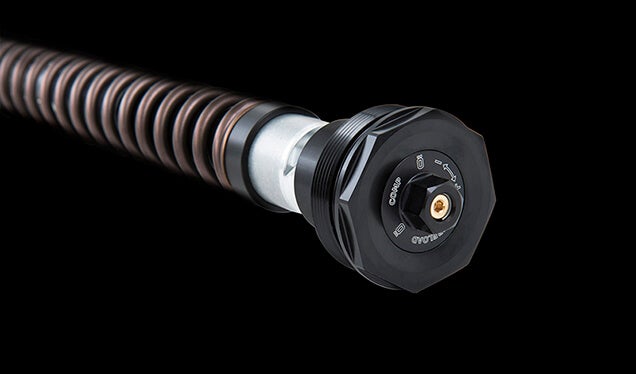BUILT TO WIN, PERFECTED TO INSPIRE

THE NEXT EVOLUTION
For nearly five decades, Öhlins has defined racing and performance excellence, building a legacy on precision, innovation, and the relentless will to win. Now, we take the next step in our evolution.
Meet our new visual identity. Rooted in racing DNA, the bold new logo and symbol capture our drive to push boundaries, embrace challenges, and stay true to the motorsport heritage that shaped us.
This is more than a new look—it's an expression of our commitment to progress.
Reimagined for the future. Grounded in our past. Designed to inspire.

LEGACY IN RACING
Motorsport is at the heart of who we are. Since 1976, Öhlins has led the way in racing innovation—developing, testing, and refining the suspension technology used by some of the world's top racing teams. Today, that same pursuit of performance defines every solution we create, bringing precision, handling, and control straight from the racetrack to enthusiasts.
INNOVATION
Developed, tested, and perfected for your ride. Powered by cutting-edge technology, our solutions are crafted to deliver the ultimate suspension performance—whether you're on two wheels or four.
Race proven twin-tube damping system used in front forks and rear shocks to meet the highest demands for performance.
Single-tube damping system developed for consistent performance, comfort, and safety across a variety of applications.
Dual Flow Valve technology—the key to achieving both comfort and agility in our Automotive Road & Track products.
The cartridge kit designed to optimize your riding experience.
















TOP PERFORMANCE-ORIENTED
ÖHLINS OEM
From Ducati to Lamborghini, our OE suspension products can be found on hundreds of vehicle models worldwide. Explore the brands we work with and learn more about our OEM partnerships.



DOWNLOADS
Access and download useful resources to help you get the most out of your Öhlins products.
Here you'll find mounting instructions, owner's manuals, and much more.



